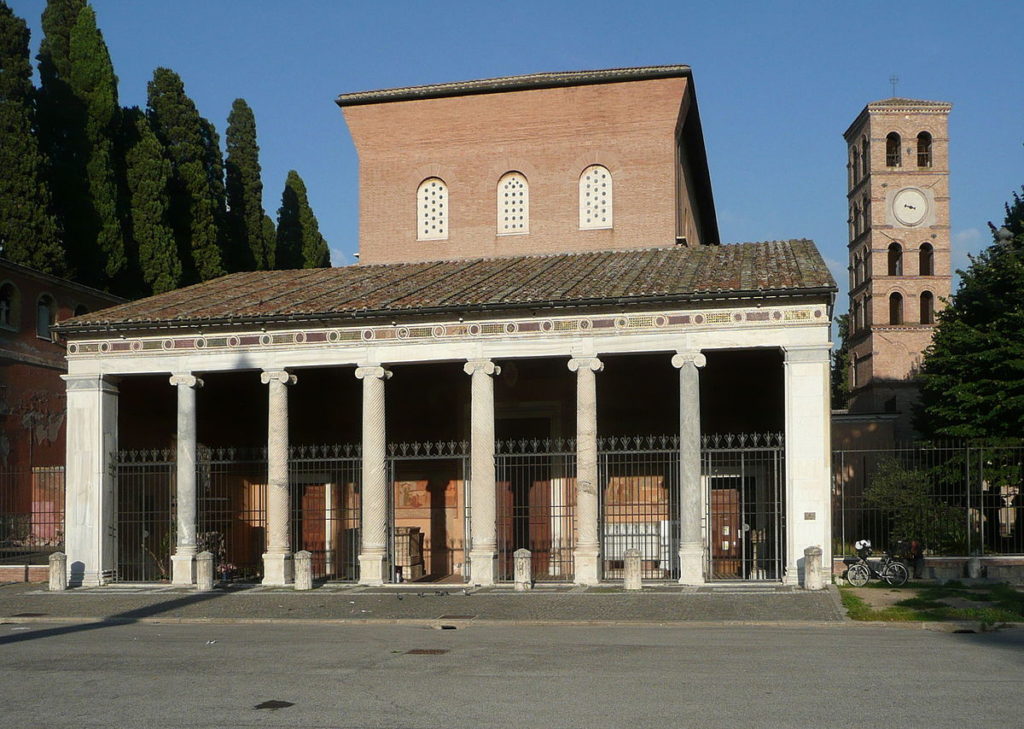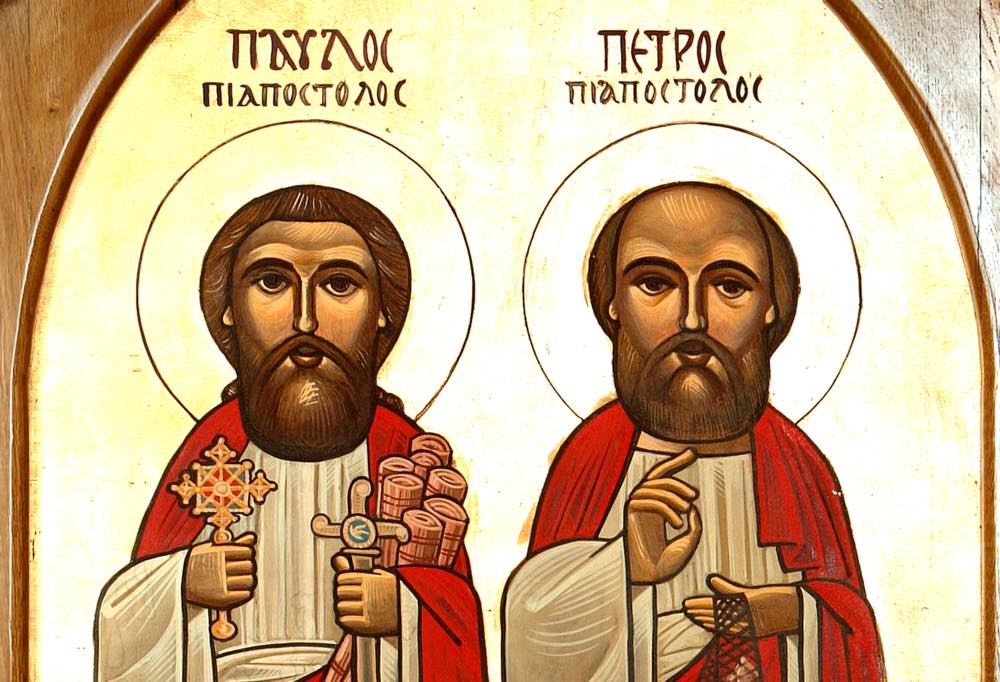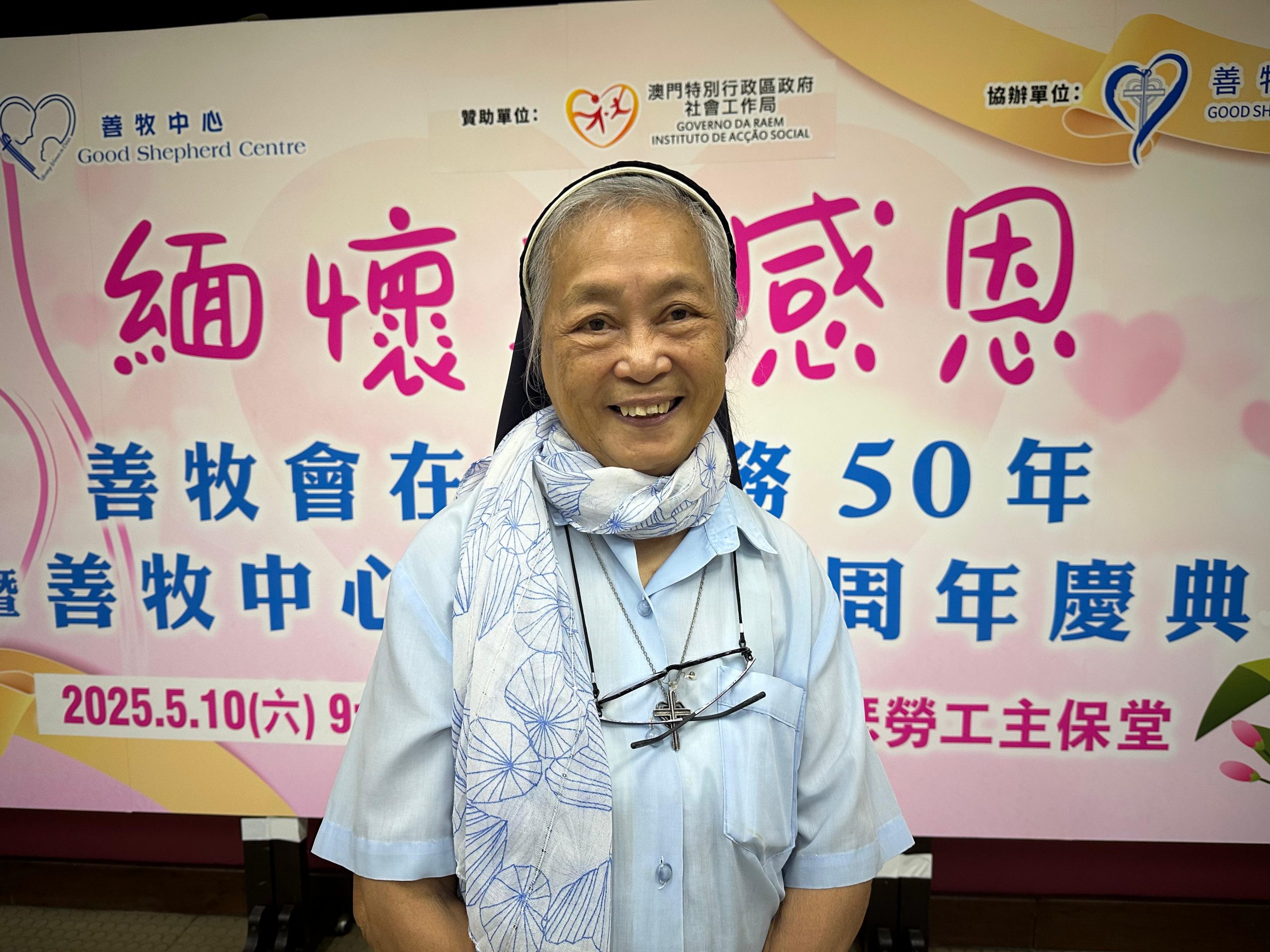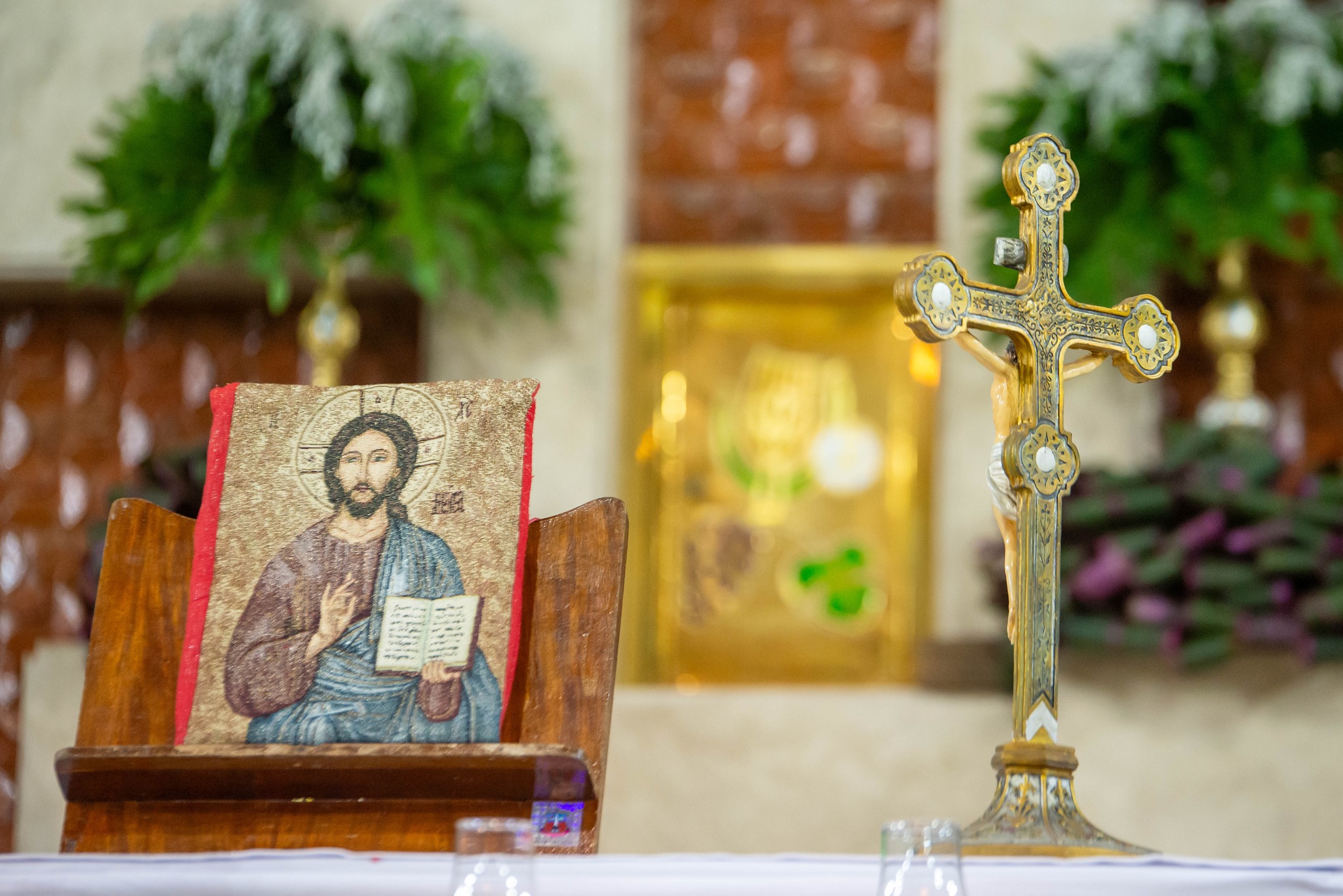– Anastasios
Even if San Lorenzo fuori le mura (“outside the walls”) is not really in the center of Rome, it is still to be considered one of the most important churches in the city. The church is very ancient, it was founded under emperor Constantine in the 4th century. It is a patriarchal Basilica: “Roma quinque patriarchatus esse noscuntur videlicet: ecclesia lateranensis in honorem S. Salvatoris, ecclesia S. Mariae Maioris, ecclesia S. Petri, ecclesia S. Pauli et ecclesia S. Laurentii foras murum” in “Gesta pauperis scholaris Albini, in Liber censuum”, II, 30 (diocesidiroma.it). In 1709, the said church was erected as a parish and given to the pastoral care of the Canons Regular of the Lateran. In 1855, Pius IX substituted the Canons Regular of the Lateran with the Franciscans. It was this Basilica that Pope Pius XII visited during the bombing of the city of Rome in the second world war.
San Lorenzo is right in front of the most important Roman cemetery, called “Verano.” Here there are tombs of simple people and of important people, going back to several centuries.
We find this information about the church in thecatholictravelguide.com: “The origins of this church come from the Emperor Constantine, who built an oratory here in honor of the site where it was assumed that Saint Lawrence was martyred. Later, in the 6th Century, a church was built here. Even later, in the 12th Century, another Church was built. The Basilica is of a simpler style than the earlier Christian churches, which makes it somewhat unique among Roman Basilicas. The Basilica was damaged by Allied bombing in 1943 and later rebuilt in 1948. Unfortunately, the frescoes that originally adorned the Basilica were lost. At the very back of the church is the tomb of Pope Pius IX, who was beatified in 2000, by Pope John Paul II. Pius IX was the longest-reigning Pope in history, having been Pope for over 32 years, from 1846 until his death in 1878.”
The transportation of the body of Pius IX in the basilica in the 19th century was not easy, because some people tried to stop the procession of people carrying the body in order to throw the corpse in the Tiber, but fortunately they were not successful.
On the feast of All Saints in 1981, John Paul II visited the Basilica and among other things he has said (my translation): “The parishioners, compared to other parishes in Rome, is not very numerous, but how many problems they have and must face due to its social composition of workers and its typical location in the immediate vicinity of the historic center, incorporating in its scope – in addition to the Verano Cemetery – important school, hospital and civil structures. I turn, first of all, to the reverend parish priest, to the vice-parish priests and to all the confreres of the Capuchin Community, who I know engaged in a delicate and not an easy job: for them, the way of holiness is linked not already to segregation from the world, but to a multifaceted and demanding apostolate in favor of many faithful who sometimes find themselves in a precarious situation and are, in many other cases, subject to dispersions and dangers. I tell them to take courage, assuring them of my appreciation, my remembrance of them and my prayer of communion in support of their work which, precisely because of the mentioned difficulties, is more meritorious and genuinely evangelical. And I recommend to all the parishioners to respond with generosity to the needs of their priests, reacting to the insidious threats of de-Christianization and demonstrating with their lives that they are worthy of the Christian traditions that are centered in the glorious name of the patron saint of this Basilica. The vocation to holiness, in fact, means putting into practice, in the concreteness of one’s existence, the examples and teachings of Jesus Christ. So did the saints and so all of us must do.”
Due its proximity to the cemetery, the church has a very peculiar role in also accompanying families who experience a loss in their life. (Photo from Wikimedia Commons.)


 Follow
Follow


